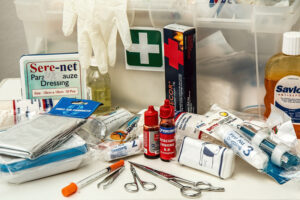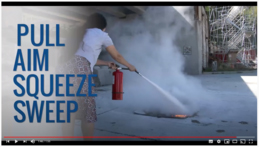
Over the last year we all learned some valuable lessons about our resiliency and what an emergency looks like. The City of Seattle Office Of Emergency Management (OEM) has recommendations worth regarding, and training available, for those more aware than ever of the need to be prepared for emergencies.
Everyone needs to have Emergency Supplies on-hand, at home, at work, and in any vehicles used regularly. The change of season is a good time to check expiration dates on emergency kit supplies. No one wants to eat expired food, even in a disaster, but especially when medical help may not be readily available. In addition, first aid supplies can also expire! Bandages, ointments, and over-the-counter medications all have expiration dates, but also saline solutions, tapes and lotions can go bad. It is important to rotate these supplies – and make sure that what you have is what you, and your loved ones, would need in an emergency.

If you don’t have an emergency kit, the OEM has an emergency kit check-list (click here,) and advice on how to personalize for your needs. While it is possible to buy a fully-stocked emergency kit, these still need to be updated and expired items removed. However, it is also possible to use a backpack or bin and create your own kit using the OEM check-list.
Go farther to make yourself and your loved one safer in emergencies, and check out the OEM YouTube Channel for videos on skills you need in an emergency – how to shut off a gas or water line, proper use of a fire extinguisher, and how to make an emergency toilet. If you know someone who needs help in another language, the OEM makes these videos available in Spanish, Cantonese, Vietnamese and even in Amharic – click here.
There is never a perfect time to get your home and work ready for an emergency, but you can always take steps to be better prepared. Visit the OEM website – and sign-up for the newsletter – to learn about small steps you can take to get ready, in case there is, unavoidably, another emergency to come along!

